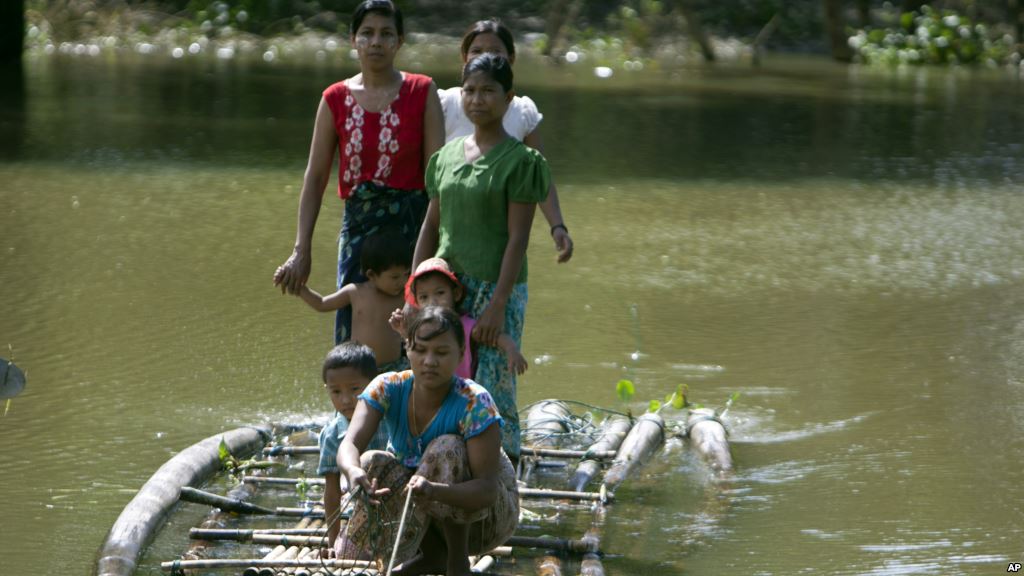Peter Brimble, an Asian Development Bank specialist in Myanmar, said deforestation was a factor.
“You look at the floods, and clearly the deforestation, at least in the mountains or the hills or in the deforested areas, led to some exacerbated impact of the floods," he said. "It seems pretty obvious.”
The U.N.'s Food and Agriculture Organization said Myanmar faces a crisis because an average of more than 540,000 hectares of forest cover have been lost each year since 2010.
Richard Casagrande, Myanmar flood operations manager for the International Federation of Red Cross, said that as communities slowly recover, the focus is turning to deforestation’s impact.
“There’s a lot of talk that deforestation, particularly in the hill areas, must have contributed to the floods being more violent — the flash flood element — and it seems intuitive that’s true," he said. "I have to admit I haven’t actually seen any hard evidence, but we suspect that is true, particularly parts where we know deforestation is happening.”
The London-based Environmental Investigation Agency said the illegal timber trade from northern Myanmar to China had reached levels near 900,000 cubic meters a year, close to levels not seen in a decade and despite an official trade ban.
While the United Nations warns that deforestation raises Myanmar’s vulnerability to climate change and disasters, one FAO scientist in Thailand said research raised doubts about a direct link between deforestation and flooding.
The FAO says national forests play a key role in combating rural poverty, ensuring food security and livelihoods, as well as conserving vital biodiversity.
Source: Voice of America | 24 September 2015














